Tucson Museum of Art & Historic Block
Introduction
Text-to-speech Audio
Images
The Tucson Museum of Art was founded in 1924.
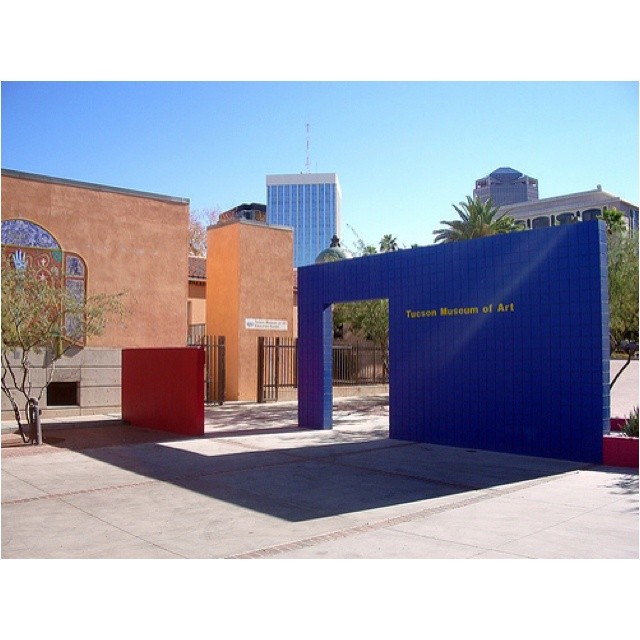
The museum's collection is comprised of American Art, Art of the American West, Latin American art, Folk Art of the Americas, and Modern and Contemporary art.
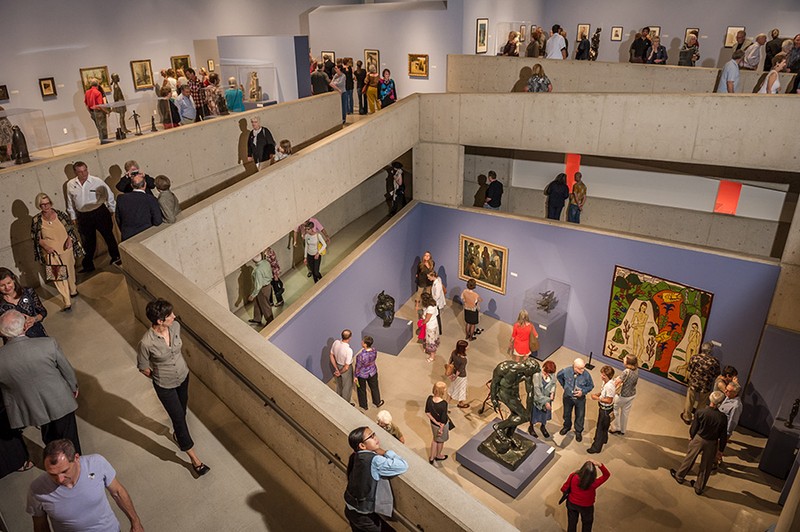
The museum presents changing exhibitions in addition to its permanent exhibits.
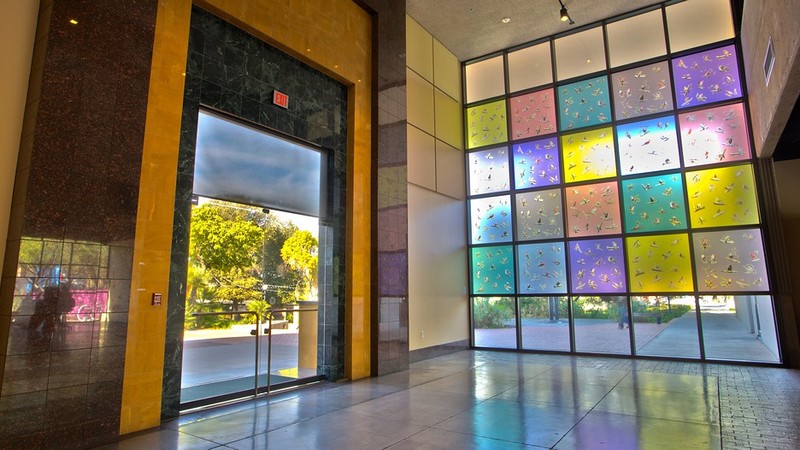
Then and Now. The J. Knox Corbett House in the Historic Block. Tours available through the museum.
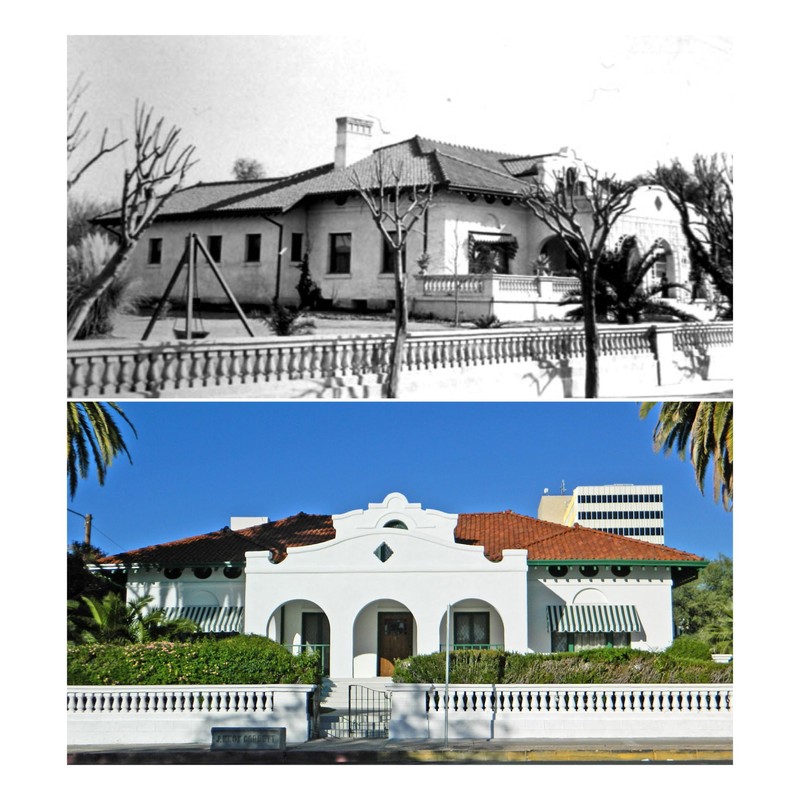
Map of Historic Block. The unlabeled building in the upper left is the J. Knox Corbett House.
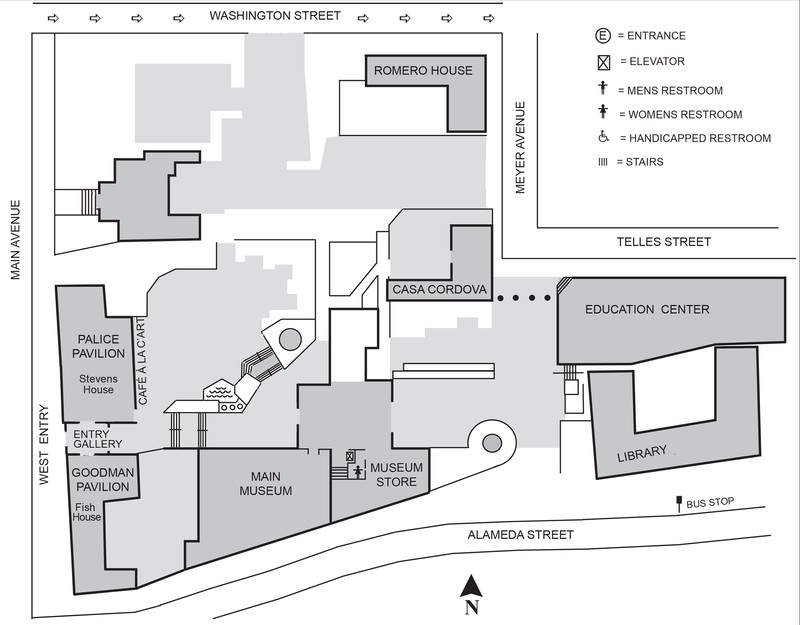
Backstory and Context
Text-to-speech Audio
Designed by Andy Anderson, a principal architect of the Tucson architecture firm founded by William Wilde, the main Museum was opened May 1, 1975 with the inaugural exhibition, Tucson Collects, which included loaned works from 43 personal collections of Tucsonans. The museum drew 50,000 visitors in its first year. Reminiscent of the Guggenheim Museum in New York City, the Tucson Museum's main galleries are arranged as an open downward spiral around a "well" at the center that connects the levels and ramps.
*Historic Block
It includes five houses built between the mid-1850s to 1907 surrounding the modern museum building that houses most of the galleries.
The J. Knox Corbett House, completed in 1907, is a mission-revival style two-story home restored and furnished with period pieces from the American Arts and Crafts era. It is open by appointment only or for public tours on Wednesday mornings at 11:00 am from October through April.
La Casa Cordova, one of the oldest buildings in Tucson, is home to the seasonal exhibition El Nacimiento. It is an excellent example of a Sonoran row house that was a popular building style in the late 19th century. The rooms of La Casa Cordova, including El Nacimiento, are open November – March only. The courtyard is open year round.
The Edward Nye Fish House, known as the John K. Goodman Pavilion of Western Art, also dates from the late 1800s and is home to the Art of the American West collection.
The Romero House, believed to have been built in 1860, has undergone numerous alterations and is now home to the Tucson Museum of Art’s ceramics studio offering studio art classes to both children and adults.
The Stevens/Huffield House, also known as the Palace Pavilion, dates back to the late 1800s and houses the Art of Latin America collection of pre-Columbian, Mexican folk art, and colonial works.(10)
